Harvard Law Buys 725-Year-Old Magna Carta for $27

Cambridge, MA — A decades-old acquisition by Harvard Law School has been revealed to be an astonishing historical treasure. A medieval manuscript purchased for just $27.50 in 1946 has now been confirmed as an original 1300 edition of Magna Carta — one of the most important legal documents in history.
The rare discovery was made by two British historians, Professors David Carpenter of King’s College London and Nicholas Vincent of the University of East Anglia, who stumbled upon the artifact while examining Harvard Law’s digital archives. Initially thought to be a reproduction, the document is now recognized as one of only seven surviving originals from that year.
“I never expected to find a Magna Carta in my lifetime,” said Professor Carpenter, who uncovered the document while reviewing scanned manuscripts for a book project. After identifying the parchment labeled HLS MS 172, he immediately suspected its authenticity and contacted Professor Vincent, who quickly confirmed the find.
The verification process involved ultraviolet and spectral imaging, allowing scholars to match the manuscript’s content, dimensions, and handwriting style with other known originals. The parchment measures 489 mm by 473 mm and bears distinctive script, including an ornate “E” in Edwardus — the Latin name for King Edward I.
Though difficult to appraise, the manuscript’s value likely runs into the millions. A comparable 710-year-old Magna Carta sold for $21.3 million in 2007. That makes Harvard’s post-war purchase, equivalent to about $500 today, one of the most extraordinary bargains in legal and historical collecting.
“It’s the dream of every librarian,” said Amanda Watson, assistant dean of Harvard Law’s library. “Our job is to preserve and digitize — this discovery shows the importance of that work.”
The charter had occasionally been displayed, but without recognition of its historical significance. Now, with its authenticity confirmed, discussions are underway regarding future public access, though Harvard has no plans to sell the artifact.
Symbol of Law in Turbulent Times
Magna Carta, or the “Great Charter,” was first issued in 1215 as a peace treaty between King John and rebellious barons. Though revoked and later reissued in modified forms, it laid the foundation for constitutional law by declaring that no ruler is above the law.
One of its most quoted clauses reads:
“No free man shall be seized or imprisoned... except by the lawful judgment of his equals or by the law of the land.”
The charter’s legacy influenced the U.S. Constitution and continues to shape legal principles globally. Seventeen U.S. states incorporate parts of Magna Carta into their constitutions — a deeper integration than in the United Kingdom itself.
“Magna Carta says the head of state must follow the law. That message is especially vital now,” noted Professor Vincent, referencing the current political climate and ongoing scrutiny of elite institutions like Harvard.
He added that the manuscript may have originally belonged to the town of Appleby-in-Westmorland, last mentioned in 1762, and that its reappearance is “providential.”
A Document with a Storied Past
The manuscript was sold by Sotheby’s in 1945 for £42 — a fifth of the average UK salary at the time — on behalf of Air Vice-Marshal Forster Maynard, who had inherited it from the family of anti-slavery campaigners Thomas and John Clarkson.
Despite its cultural importance, public familiarity with Magna Carta remains limited. Former UK Prime Minister David Cameron famously failed to define it on U.S. television. But for legal scholars, the document remains a cornerstone of democratic ideals.
“This is rarer than a Vermeer painting,” Professor Vincent remarked, comparing the find to discovering a long-lost masterpiece. He and Professor Carpenter plan to visit Harvard next month to see the document in person — a moment they both anticipate will be emotional.
The unexpected discovery not only rewrites Harvard’s library catalog, but reaffirms the enduring relevance of Magna Carta’s message: liberty, justice, and the rule of law.
Category: news
226
0






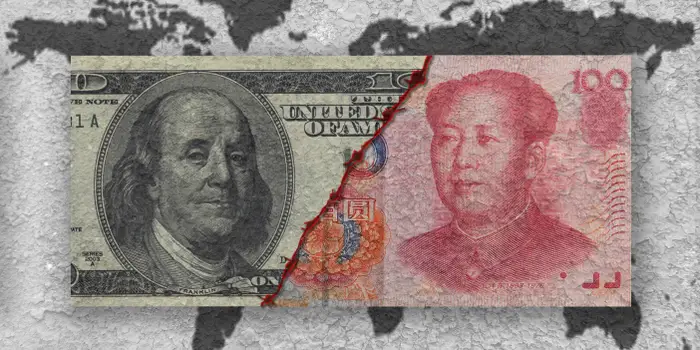
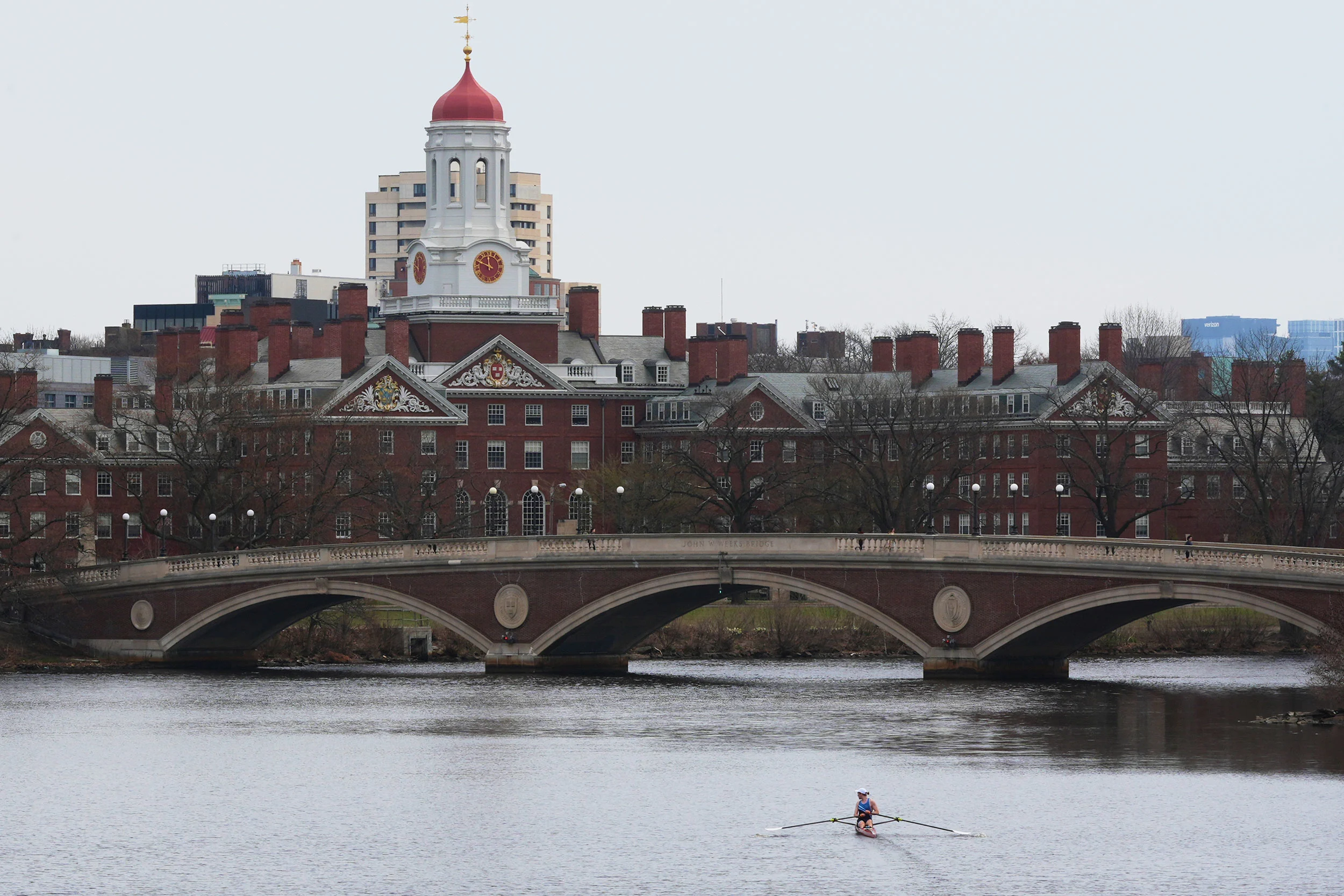


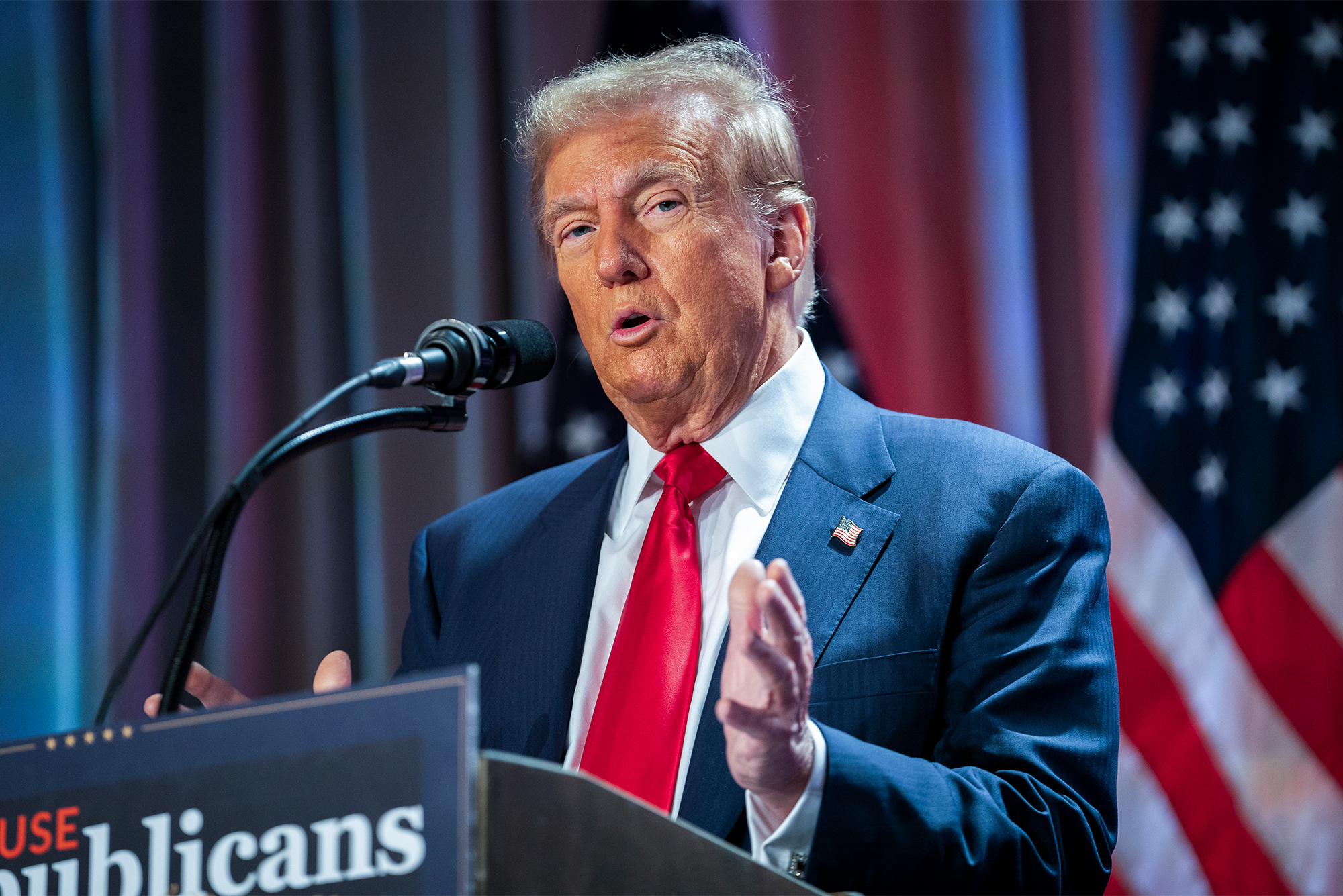
















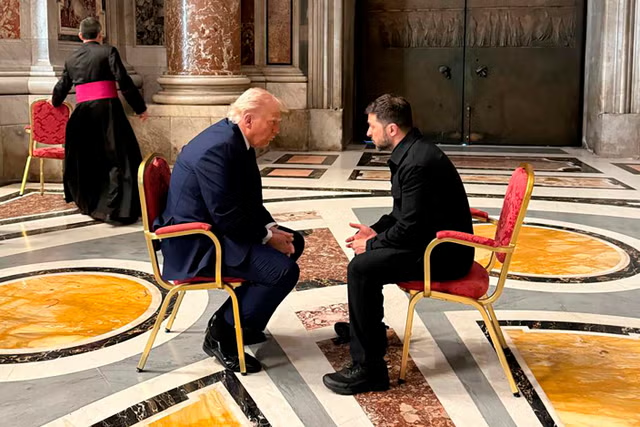






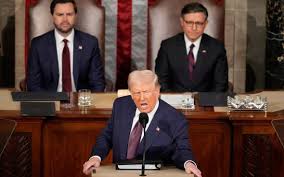



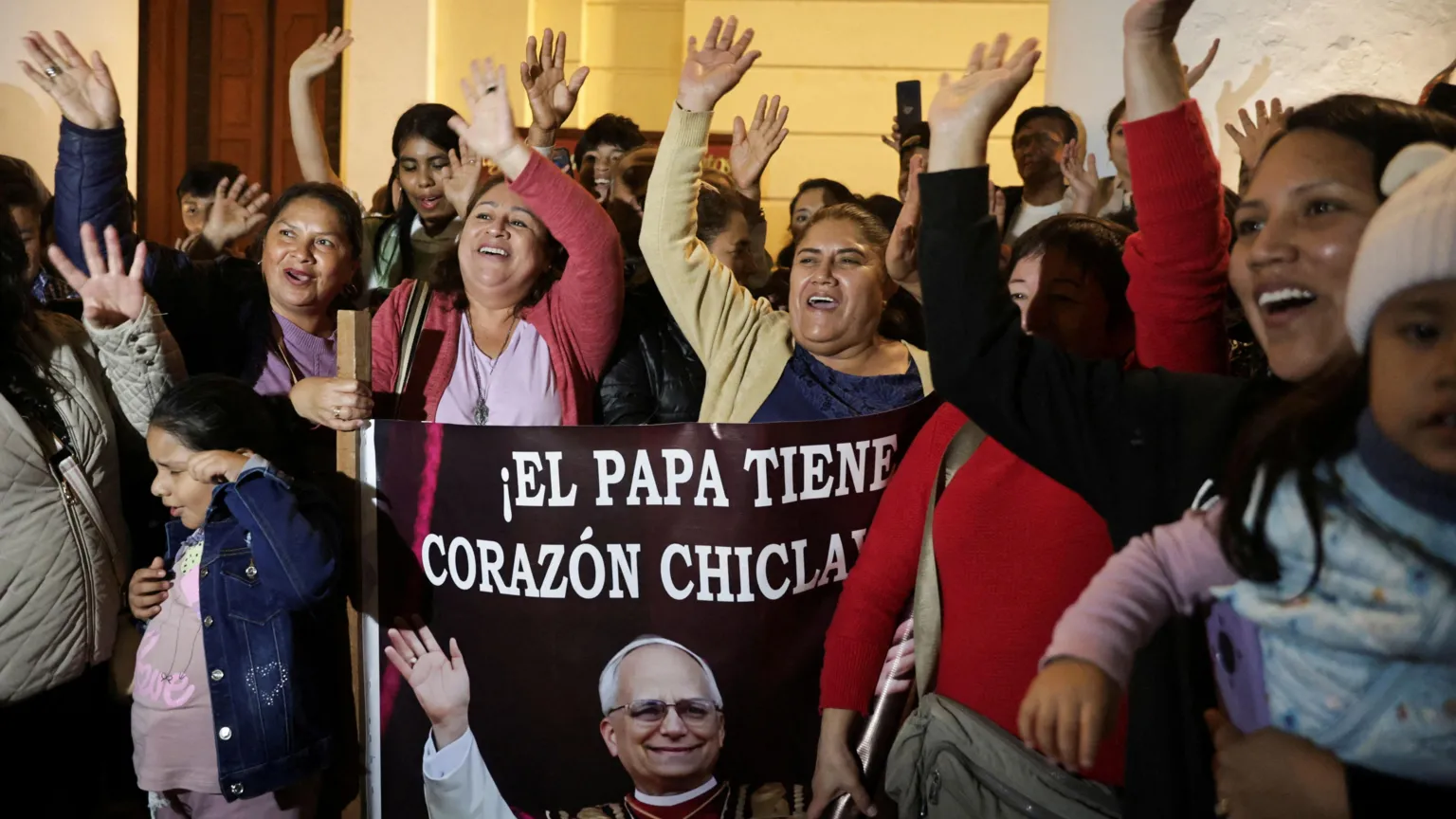





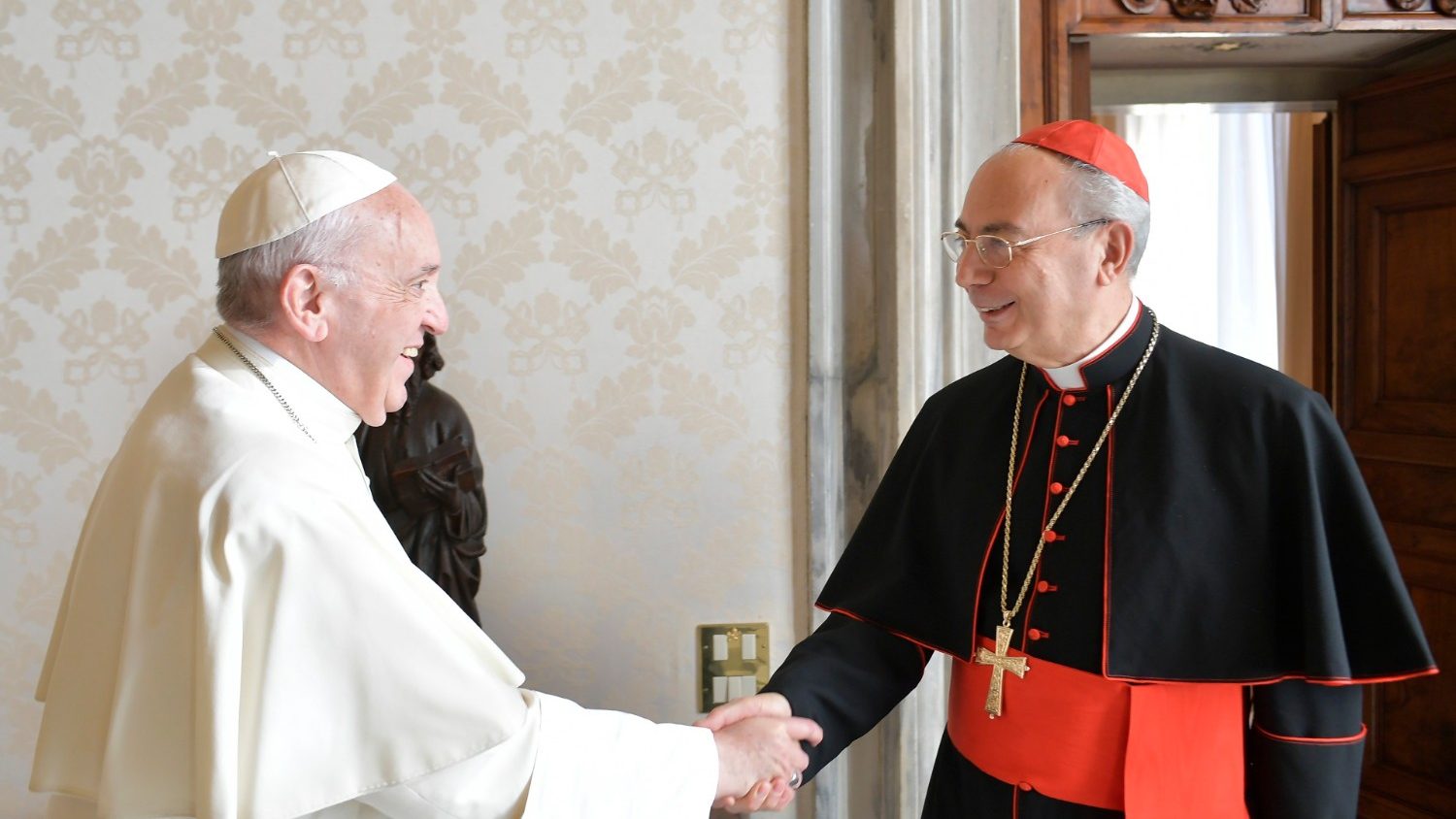


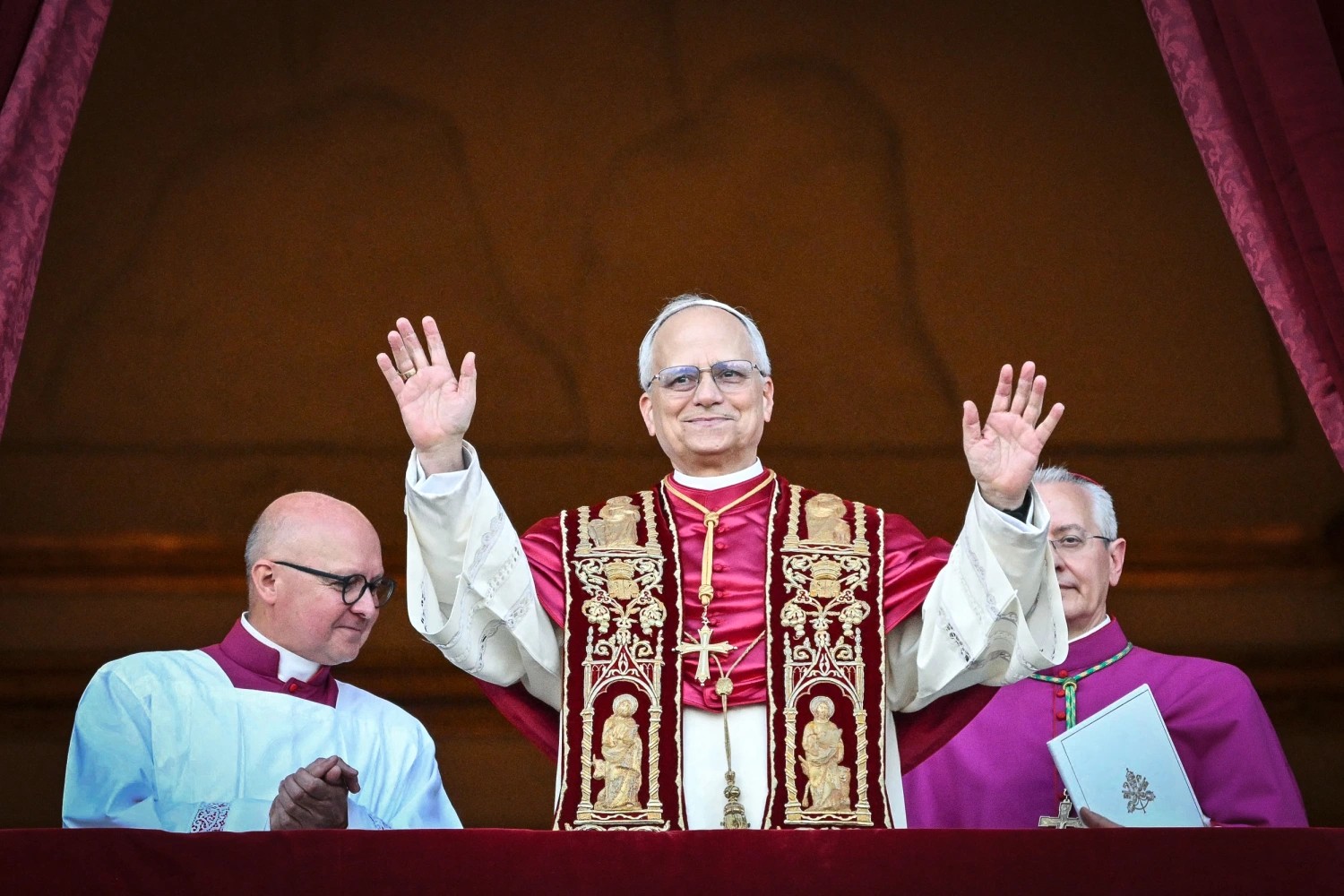
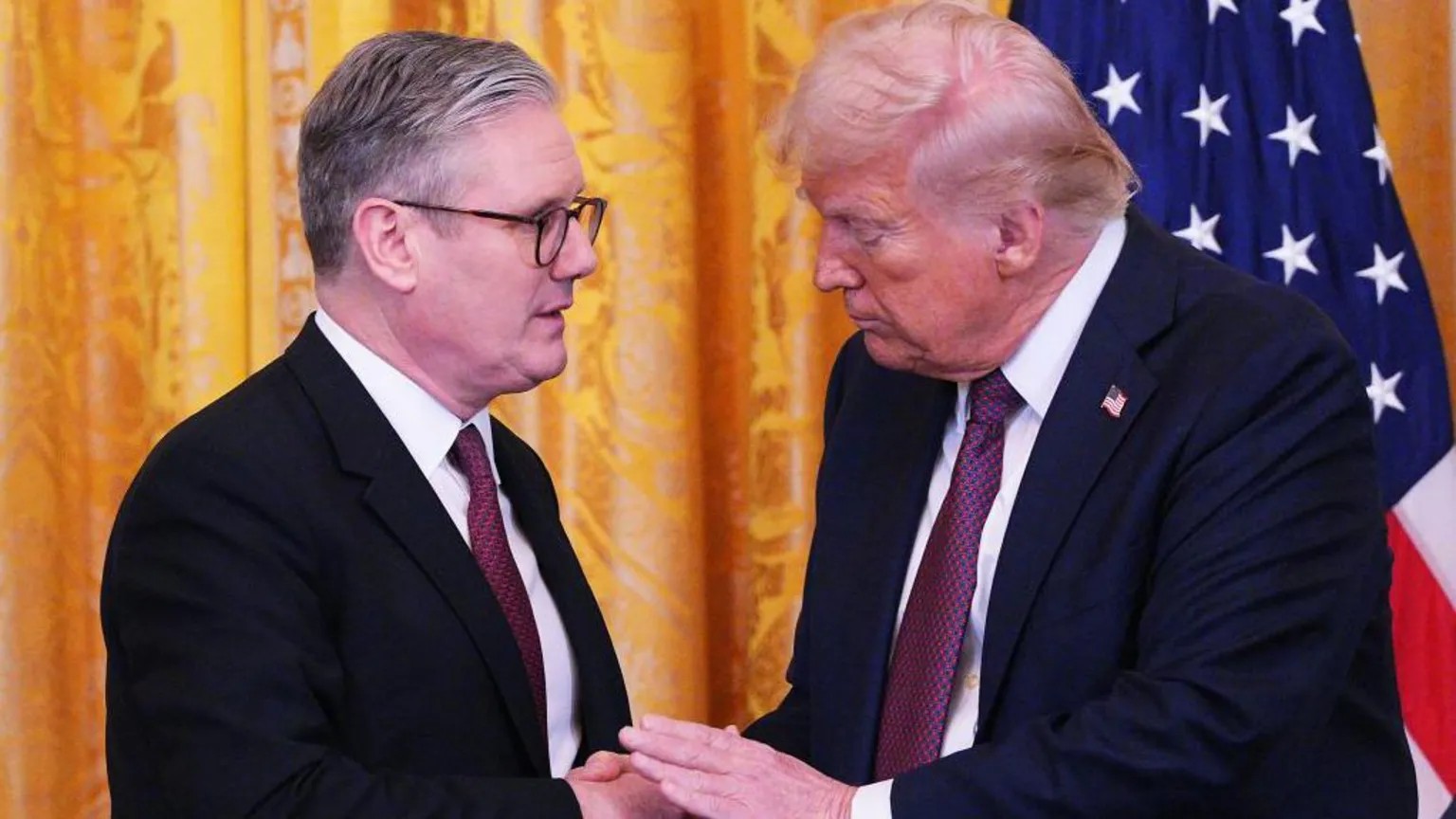
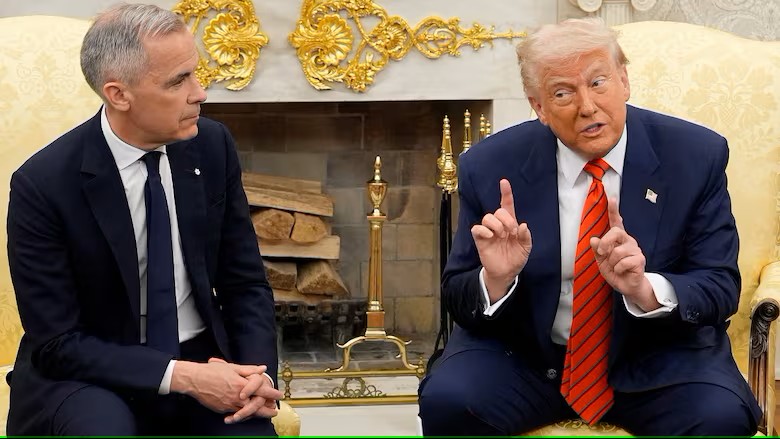







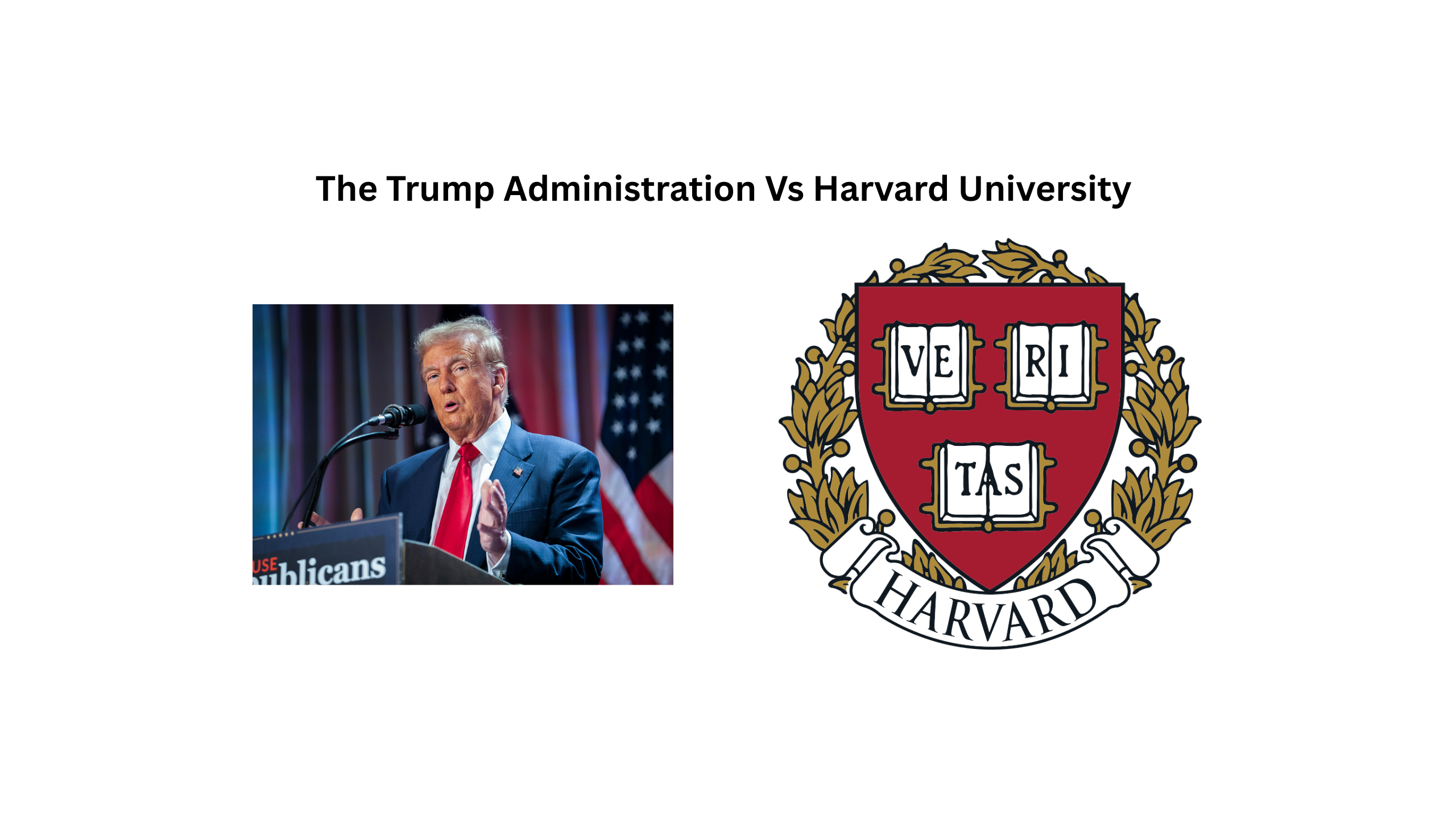



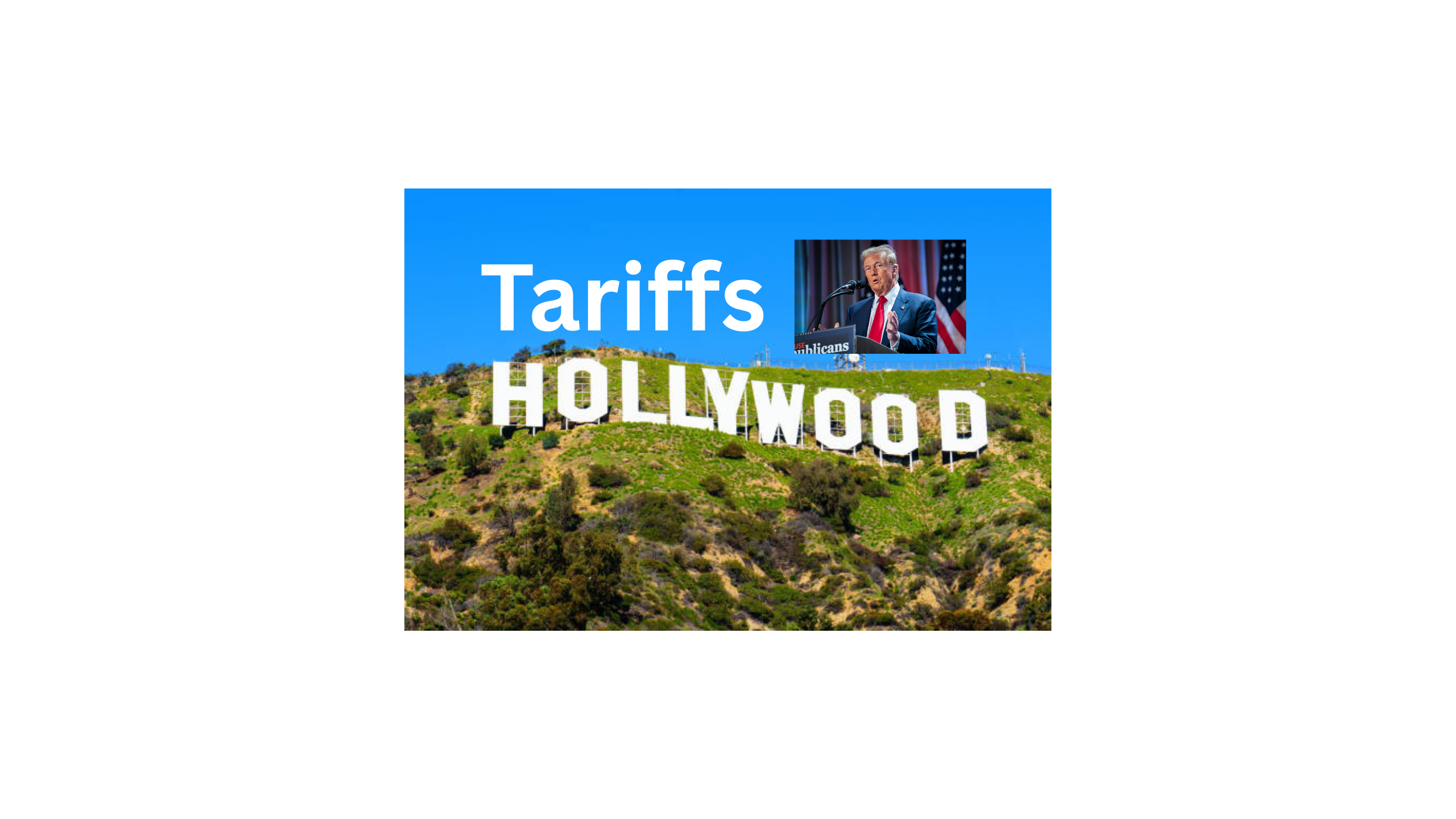
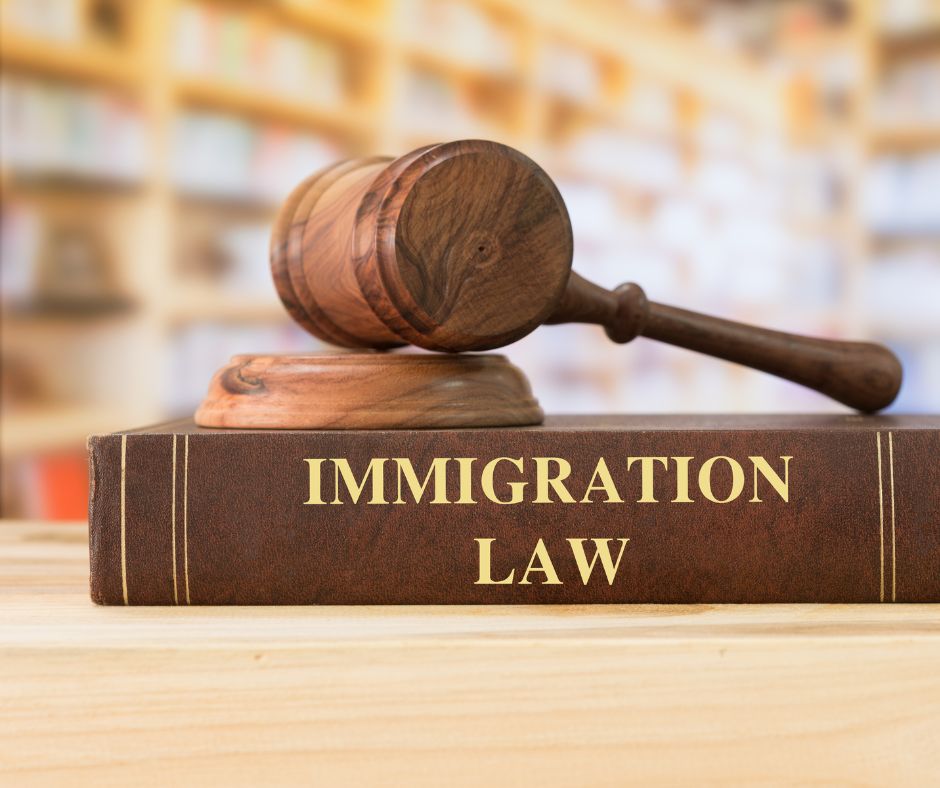
Comments